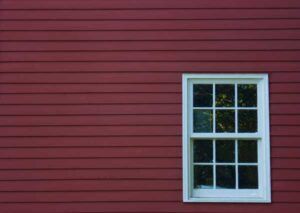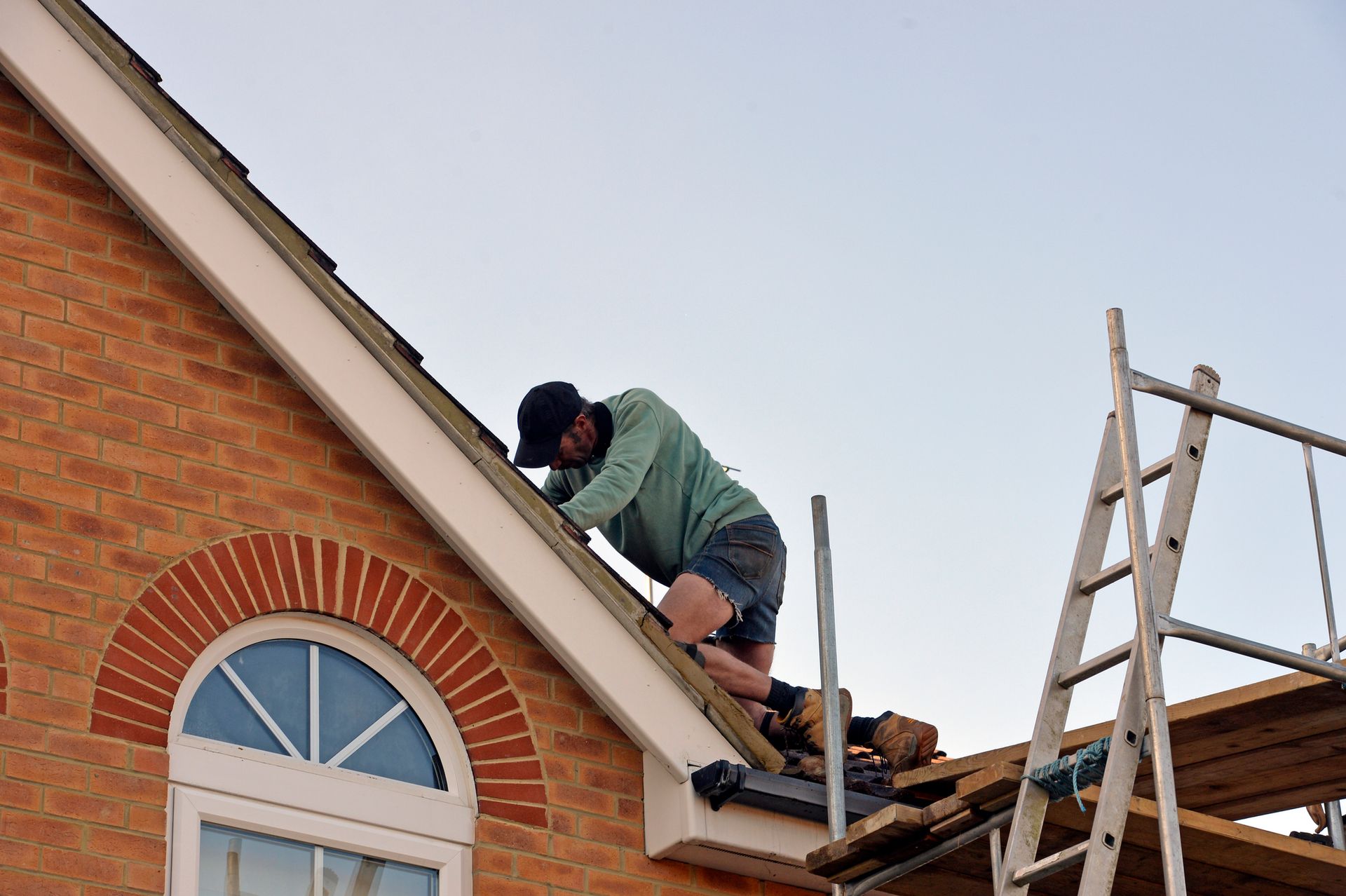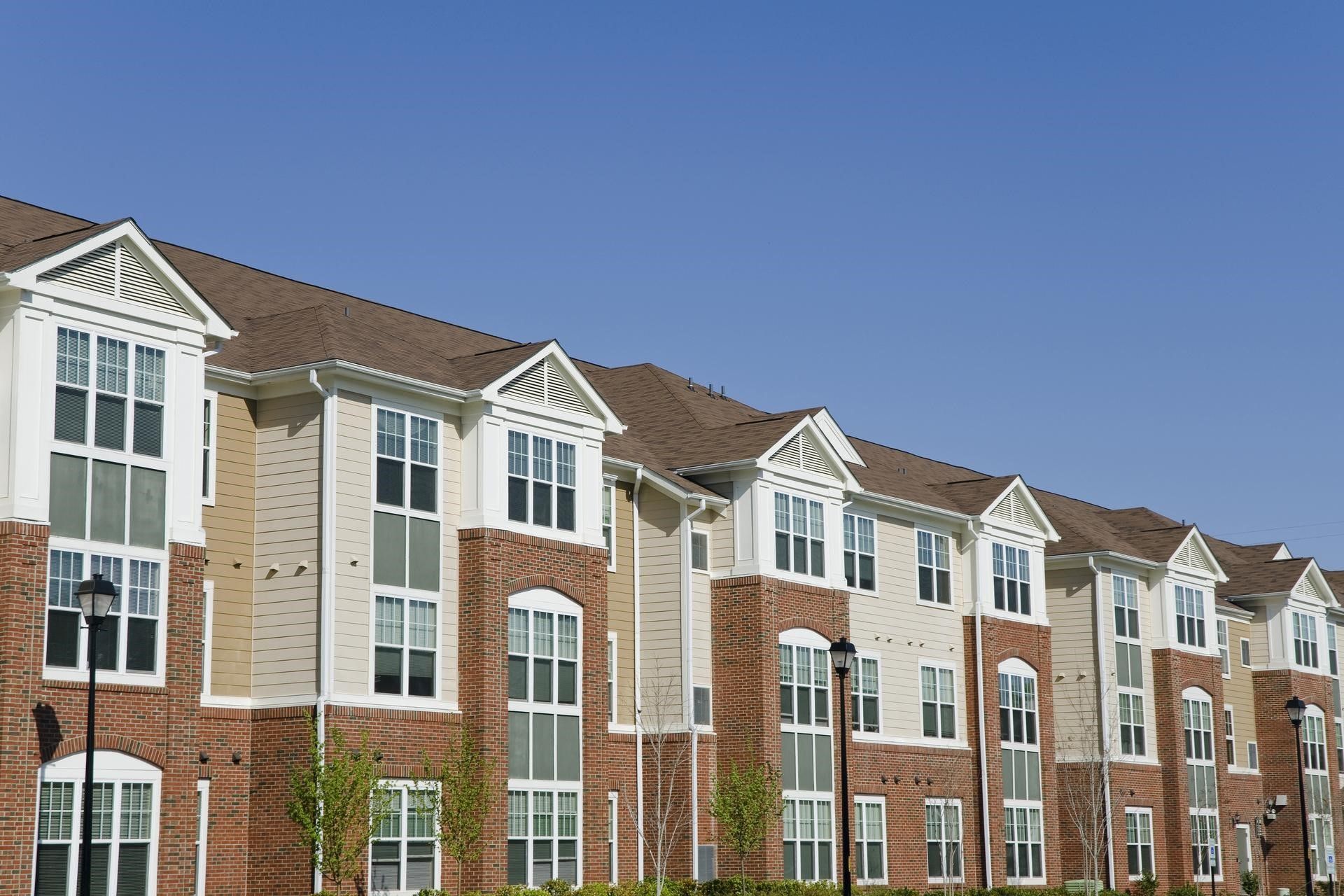Old House, Wooden Siding: A Maintenance and Care Guide for Homeowners
If you have an older, historic home, the original exterior finish is usually clapboard siding, wooden shakes, bricks, or stucco. Many modern homeowners who are used to low-maintenance siding options like vinyl and aluminum may not know how to care for old wood siding.
However, when cared for properly, old wood siding offers beauty and character that no other siding option can provide. If your siding is currently in good repair, you can keep it that way by following these care and maintenance tips.
Good Siding, Bad Paint
Many times, older homes that have not been maintained have chipped, peeling paint. Homeowners mistakenly assume that the peeling paint means the siding itself is not worth saving. While peeling paint does put the wood underneath at greater risk of decay, it does not necessarily mean the wood is no longer able to be restored.
Have a siding company and a company that paints exterior siding come to assess the wood. Even if some areas are worn or broken, these can be replaced for less than residing the entire house. Old paint will need to be removed and the wood sanded in order to prepare for a new sealant, paint, or stain.
A house should be repainted at least once every three to seven years. This is a big gap, which is why you should keep an eye on the exterior paint. Lighter colors painted on mild days without exposure to intense sunlight will last longer.
Generally, paints with acrylic binders can have the greatest longevity before repainting. Oil based paints have deeper penetration, but they don’t expand and contract with the natural movements of the house like acrylic paints.
As soon as paint begins to crack or show wear, it’s best to plan a repainting job. You want to paint the house before the paint begins to seriously crack and flake, because then repainting is an even bigger job, requiring more scraping.
Sealers and Stains
If you’d rather highlight the natural beauty of your wood siding, you can choose to remove the layer of paint. Many older homes have wood siding that has beautiful patina and grain. With a stain, your house will have a natural look; you can really celebrate the unique wood of your home. If you go for a stain and sealer instead of paint, plan on restaining your siding every four years.
Inspections and Cleaning
Between painting and staining jobs, you’ll need to stay on top of cleaning. Cleaning and inspecting your siding on a regular basis is what helps to protect it from discoloration, moisture damage, and cracks from seasonal changes. You should:
- Wash off dirt and debris like leaves and grass clippings with a hose sprayer. Don’t use a power washer on wood siding because you can damage the sealant or the paint.
- Patch boards that have holes or small cracks with a weather-resistant epoxy. This helps to protect the board from moisture damage.
- Prune trees and plants back so their leaves and branches don’t brush up against the siding. Trees can trap moisture against the siding.
- Look for cracking or peeling caulk around windows and joints. The areas where siding meets the roof, windows, or trim can be the most susceptible to damage because water can pool here more easily. A good seal around these areas helps to keep your siding dry.
- Look for insect damage and spray for insects regularly. Carpenter ants, bees, and even some types of spiders can harm the siding.
- Clean stains and mildew. Mildew spots can appear in humid, hot weather. Stains from un-galvanized nails can cause rusty streaks. Both can be cleaned with a brush and a mild bleach and water solution. For stubborn rust, you may need to use oxalic acid.
Cleaning your siding and staying on top of annual inspections helps you to avoid more costly repairs for your siding. It’s easier to replace a few damaged clapboards than to backpedal after your siding has begun to rot from moisture exposure.
Section Repairs
When you notice a crack or a hole from a thrown rock or even a large hailstone, you’ll need to get the section repaired. It’s best to hire a siding company or a carpenter to replace the broken sections.
Professional attention is important because each board fits perfectly with the rest of the siding, especially if the board fits into a window or door molding. If not done properly, the replacement board won’t block out the elements.
Siding companies can help to match the grain and the color of your siding paint so the replacement blends with the remaining older boards. This is more challenging to do with older homes because new wood can look different from older growth clapboard, which is why professional carpentry is often the best choice.
For more information on wood siding restoration, installation, and maintenance, contact us at D.S. Bahr Construction, Inc.
The post Old House, Wooden Siding: A Maintenance and Care Guide for Homeowners appeared first on D.S. Bahr Constraction, Inc.














